A simple review of anesthesia options

Patient comfort is extremely important when planning an oral surgery. The type of anesthesia required for a painless treatment depends on the type of procedure as well as the patient’s physical and mental well-being.
In some cases, numbing just part of the mouth will be enough. On other occasions, the patient must be unconscious during the entire operation.
Local anesthesia
Local anesthesia is the most common type of sedation used by dental professionals. To achieve local anesthesia, a numbing drug is injected into the gum or cheek along with other solutions that narrow blood vessels and help the drug work longer and better.
There are two types of injections: block and infiltration. A block injection will numb an entire side of the mouth or jaw, whereas an infiltration injection affects a much smaller area. Side effects from numbing injections are very rare and typically wear off in a few hours.
Many patients presume local anesthesia is done with Novocaine but the most commonly used drug today is Lidocaine, which is long lasting, enhanced and doesn’t carry the same risk of allergic reaction.
Oral sedation
Typically used for patients suffering from dental anxiety, oral sedation is a pill that a patient can take to feel more relaxed during treatment. Oral sedation can vary in strength but a patient will usually be drowsy but awake during the procedure. In some cases, patients will fall asleep under oral sedation, but they can be easily woken with verbal or physical stimulus.
Inhaled sedation
Often used to calm agitation and fear in children, “laughing gas”, or Nitrous Oxide, is a type of sedation inhaled through the nose. Nitrous Oxide will typically be flushed entirely from the body just a few minutes after the gas has been turned off.
IV sedation
Intravenous sedation is one of the fastest acting sedatives as it is administered directly into the blood stream. IV sedation allows for a patient to sleep during their surgery without the need for breathing assistance.
General anesthesia
General anesthesia puts the patient into a very deep sleep, where they become completely unaware of stimulation and their surroundings. This type of sedation requires a hospital-like setting and is used for lengthier oral surgeries. Patients under general anesthesia need to be monitored closely by a professional and breathing assistance may be required. Following surgery, a medication is used to reverse the effects and bring the patient back to consciousness.






